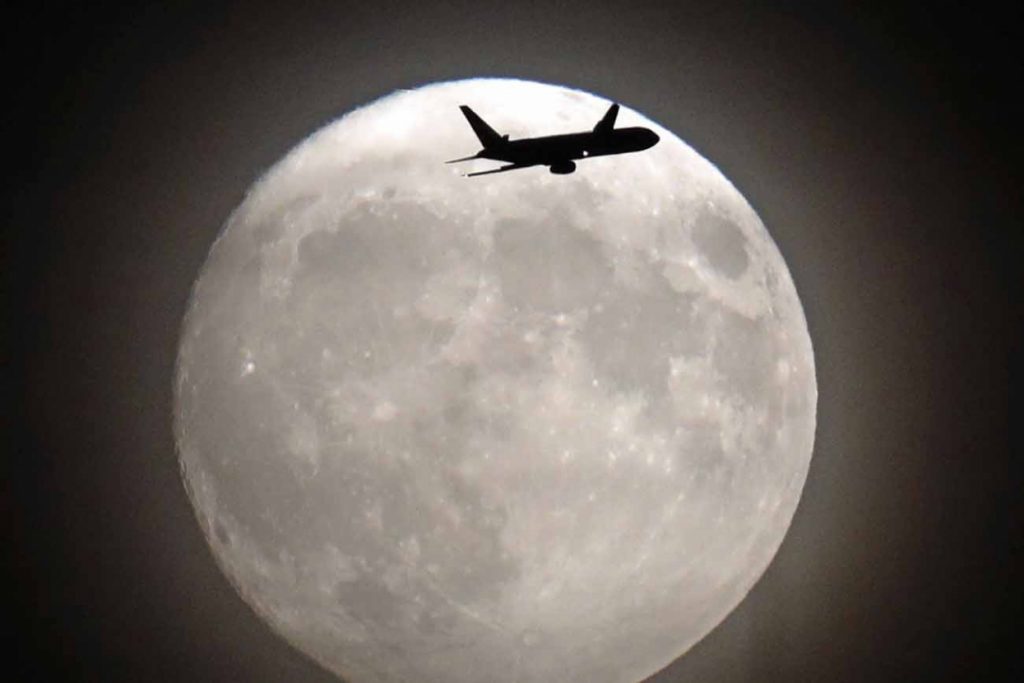Washington: Scientists, using NASA’s Lunar Reconnaissance Orbiter (LRO), have observed water molecules moving around the dayside of the Moon, the US space agency said, an advance that could help us learn about accessibility of water that can be used by humans in future lunar missions.
Measuerments from the Lyman Alpha Mapping Project (LAMP) instrument aboard the LRO of the sparse layer of molecules temporarily stuck to the surface helped characterise lunar hydration changes over the course of a day, according to the study published in the journal Geophysical Research Letters.
Up until the last decade, scientists thought the Moon was arid, with any water existing mainly as pockets of ice in permanently shaded craters near the poles.
More recently, scientists have identified surface water in sparse populations of molecules bound to the lunar soil, or regolith, NASA said in a statement.
The amount and locations vary based on the time of day. This water is more common at higher latitudes and tends to hop around as the surface heats up.
“These results aid in understanding the lunar water cycle and will ultimately help us learn about accessibility of water that can be used by humans in future missions to the Moon,” said Amanda Hendrix, a senior scientist at the Planetary Science Institute.
“Lunar water can potentially be used by humans to make fuel or to use for radiation shielding or thermal management; if these materials do not need to be launched from Earth, that makes these future missions more affordable,” Hendrix said in a statement.
Water molecules remain tightly bound to the regolith until surface temperatures peak near lunar noon.
Scientists have hypothesised that hydrogen ions in the solar wind may be the source of most of the Moon’s surface water.
When the Moon passes behind the Earth and is shielded from the solar wind, the ‘water spigot’ should essentially turn off, they noted.
However, the water observed by LAMP does not decrease when the Moon is shielded by the Earth and the region influenced by its magnetic field, suggesting water builds up over time, rather than ‘raining’ down directly from the solar wind.
PTI
